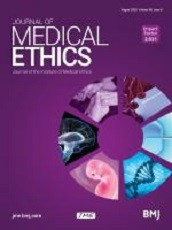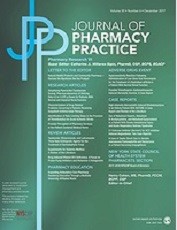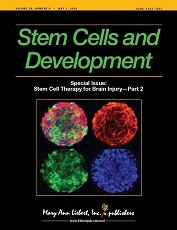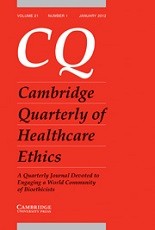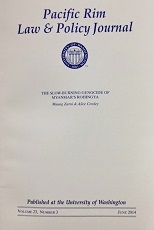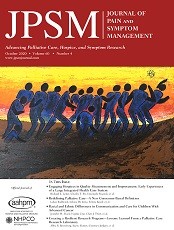Sergio Musitelli, Ilaria Bossi

Abstract
Although 65 treatises – either preserved or lost, but quoted by ancient authors like Bacchius (3rd century B.C.), Erotian (1st century A.D.) and Galen (c. 129-199 A.D.) – are ascribed to Hippocrates (c. 469-c. 399 B.C.) and consist of nearly 83 books, nonetheless there is no doubt that none of them was written by Hippocrates himself. This being the fact, we cannot help agreeing with Ulrich von Wilamowitz Möllendorf (1848-1931), who maintained that Hippocrates is a name without writings!
Indeed the most of the treatises of the “Corpus hippocraticum” are not the collection of Hippocrates’ works, but were likely the “library” of the Medical School of Kos. The fact that it contains some treatises that represent the theories of the Medical school of Cnidos (most probably founded by a certain Euryphon, almost contemporary with Hippocrates), with which it seems that Hippocrates entered into a relentless debate, is an absolute evidence.
Moreover, we must confess that, although Celsus (1st century B.C.-1st century A.D.) (De medicina, I, Prooemium) writes that “Hippocrates of Kos…separated this branch of learning (i.e. Medicine) from the study of philosophy”, we have nothing to learn from the hippocratic treatises under the scientific point of view.
However, whatever its origin, the “Oath” is a real landmark in the ethics of medicine and we can say – with Thuchydides (460/455-400 B.C.) (Histories, I, 22, 4) – that it is “an achievement for eternity”.
Suffice it to remember that every graduand in Medicine is generally still bound to take an oath that is a more or less modified and more or less updated text of the “Hippocratic oath” and that even the modern concept of bioethics has its very roots in the Hippocratic medical ethics.
“The art is long; life is short; opportunity fleeting; experiment treacherous; judgment difficult: The physician must be ready, not only to do his duty himself, but also to secure the co-operation of the patient, of the attendants and of externals, ” says the first “Aphorism” and the latest author of “Precepts” (chapter VI) writes: “where there is love of man, there is also love of the art”, and the “art” par excellence is medicine! These precepts go surely back to Hippocrates’s moral teaching.
Nonetheless, the preserved text of the marvellous “Oath” raises many problems. Namely:
1) which is the date of it”?
2) Is it mutilated or interpolated?
3) Who took the oath, i.e. all the practitioners or only those belonging to a guild?
4) What binding force had it beyond its moral sanction”?
5) Last but not least: was it a reality or merely a “counsel of perfection”?
In this article we have gathered and discussed all the available and most important sources, but do not presume to have solved all these problems and confine ourselves to proposing some reasonable hypotheses and letting the readers evaluate the positive and negative points of our proposals.
Musitelli S, Bossi I. The Hippocratic “oath” (Some further reasonable hypotheses). Research 2014; 1:733
